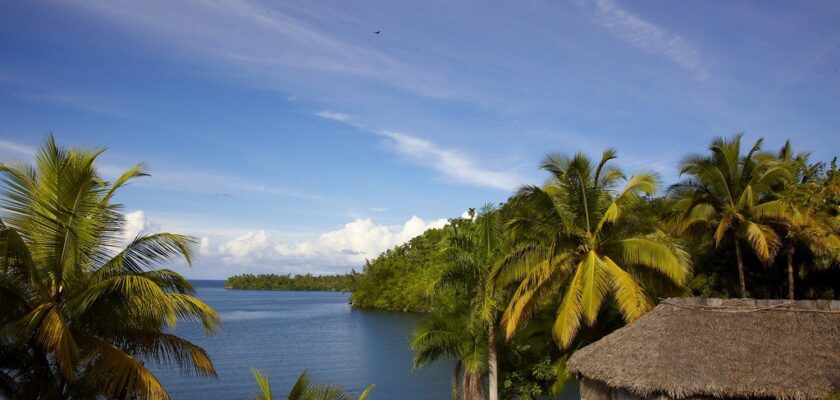Alejandro de Humboldt National Park (Parque Nacional Alejandro de Humboldt)
Alejandro de Humboldt National Park is a popular tourist nature reserve located in the east of the island of Cuba. The reserve was named after the famous German explorer and traveler Alexander von Humboldt, who visited the island in the early 19th century. The park is recognized as a unique natural territory not only in the Caribbean, but also among other tropical islands of the planet for the diversity of landscapes, significant differences in altitude, large size and high endemism of flora and fauna. In 2001, it was inscribed by UNESCO as a World Heritage Site.
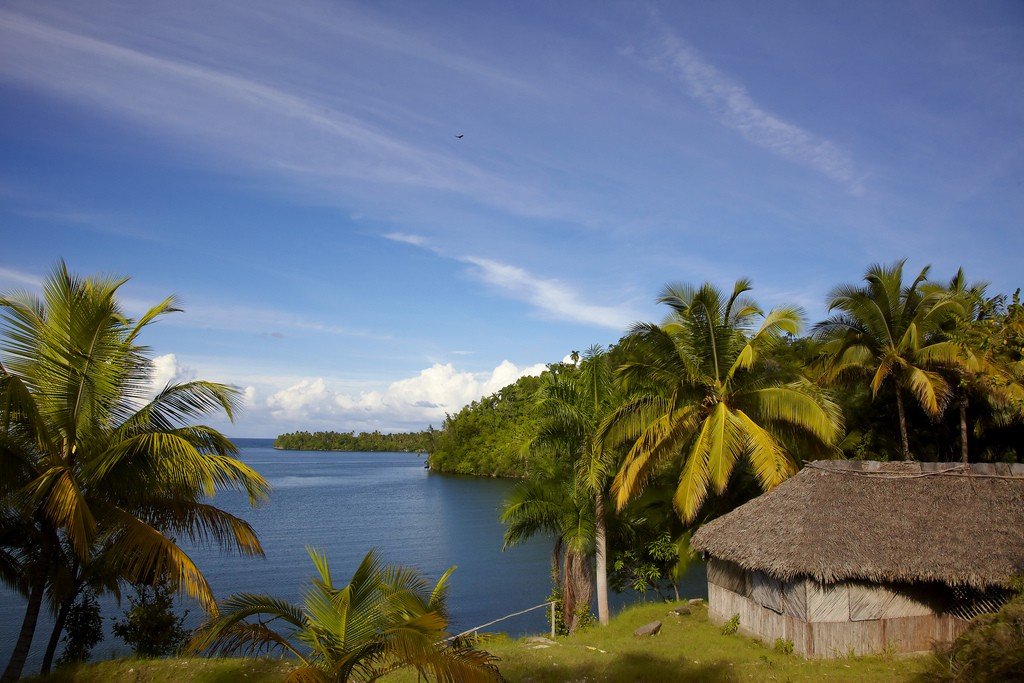
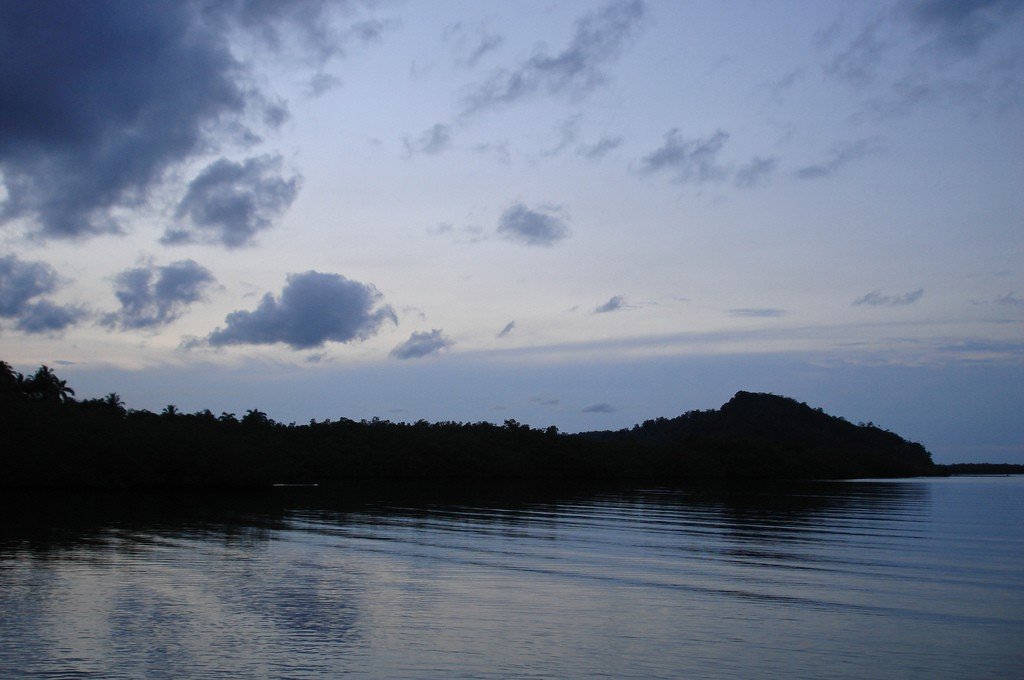
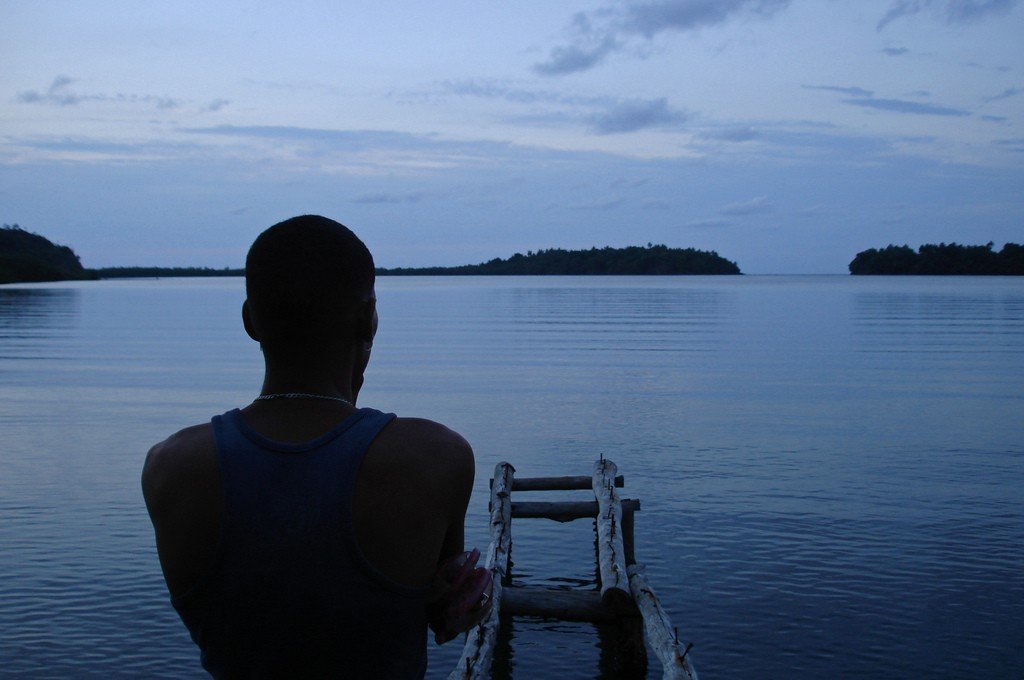
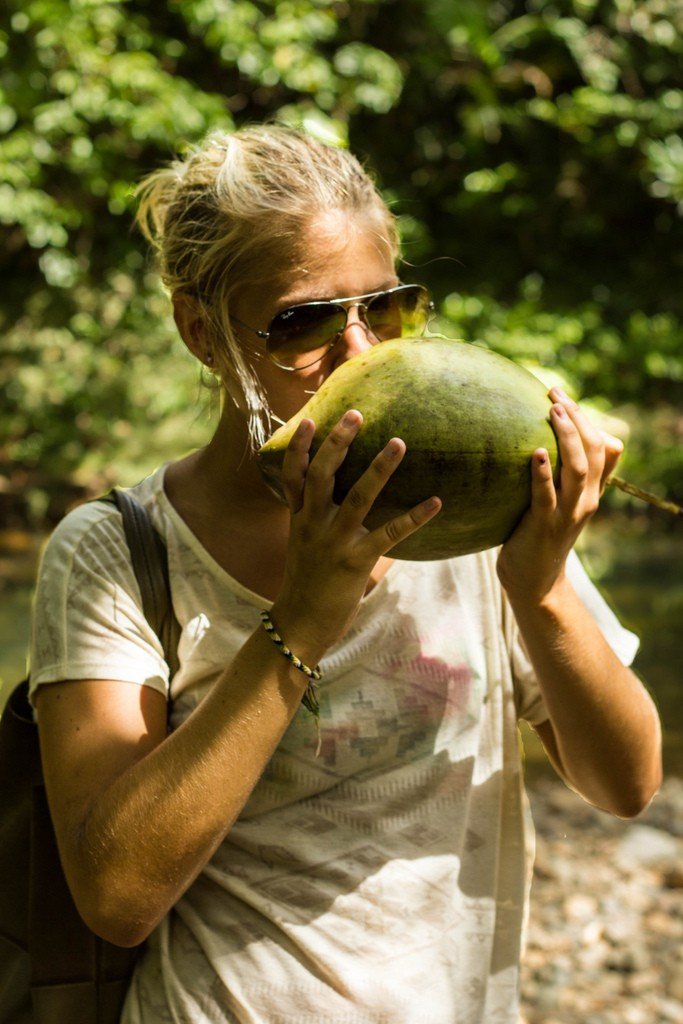
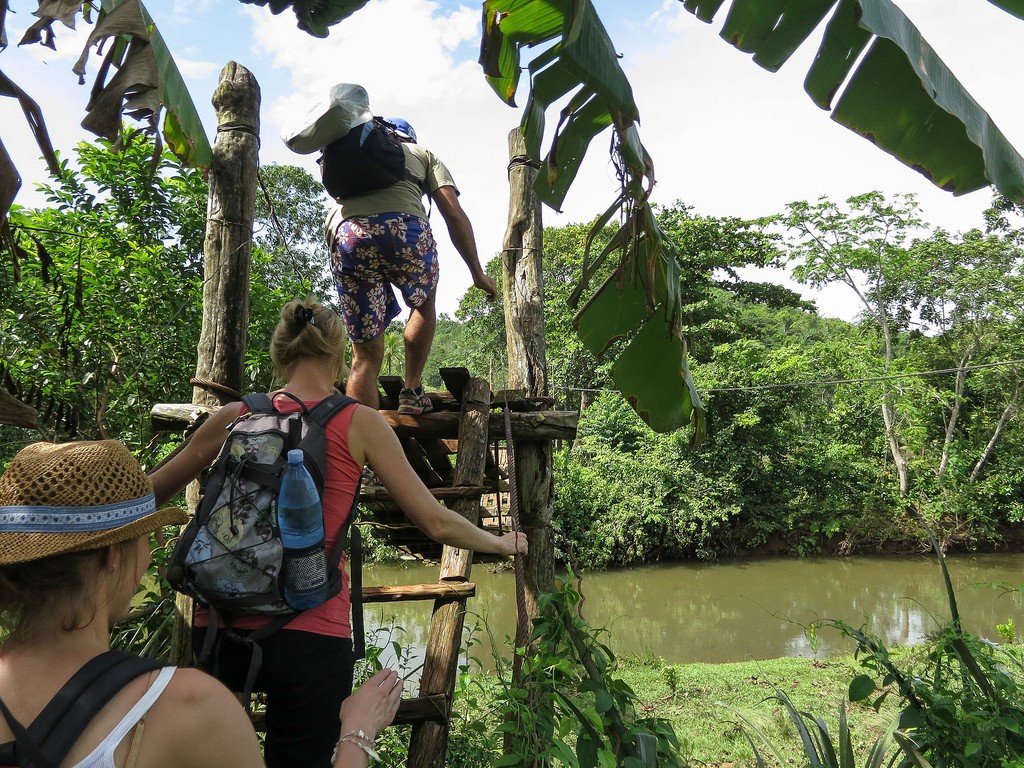
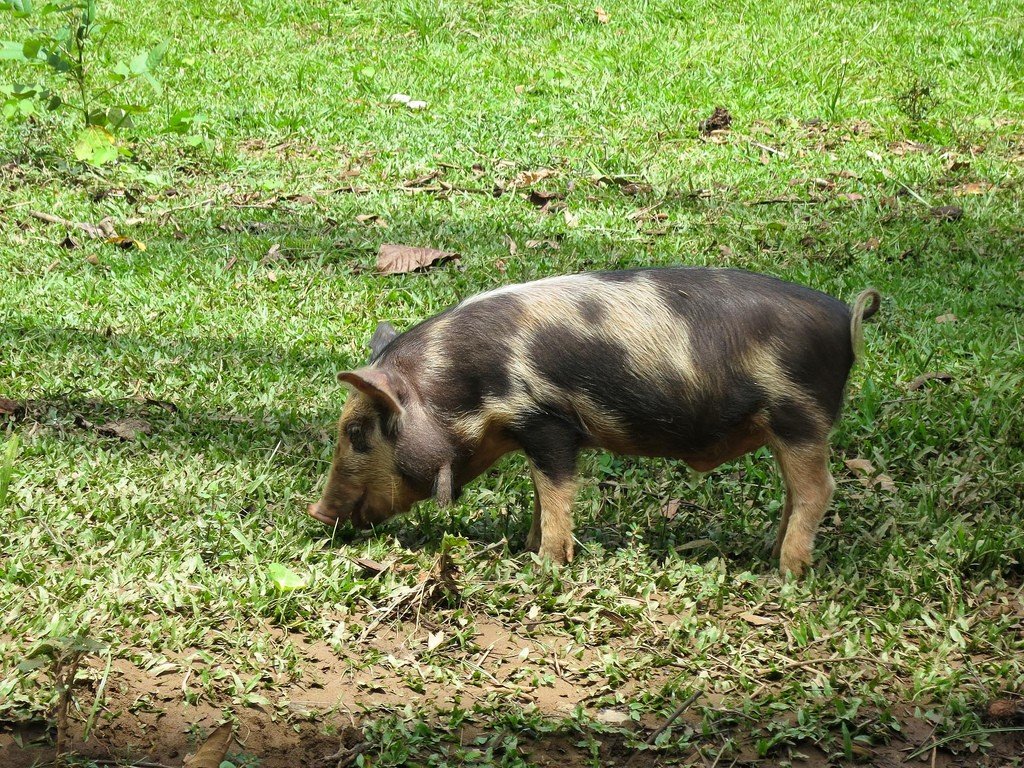
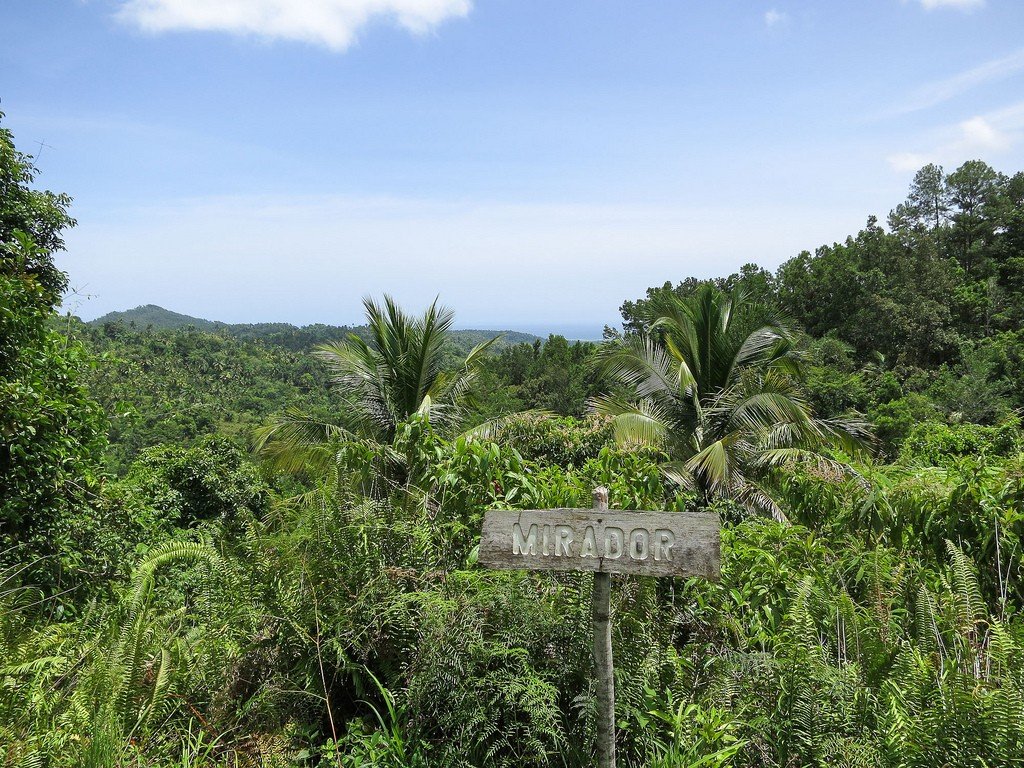
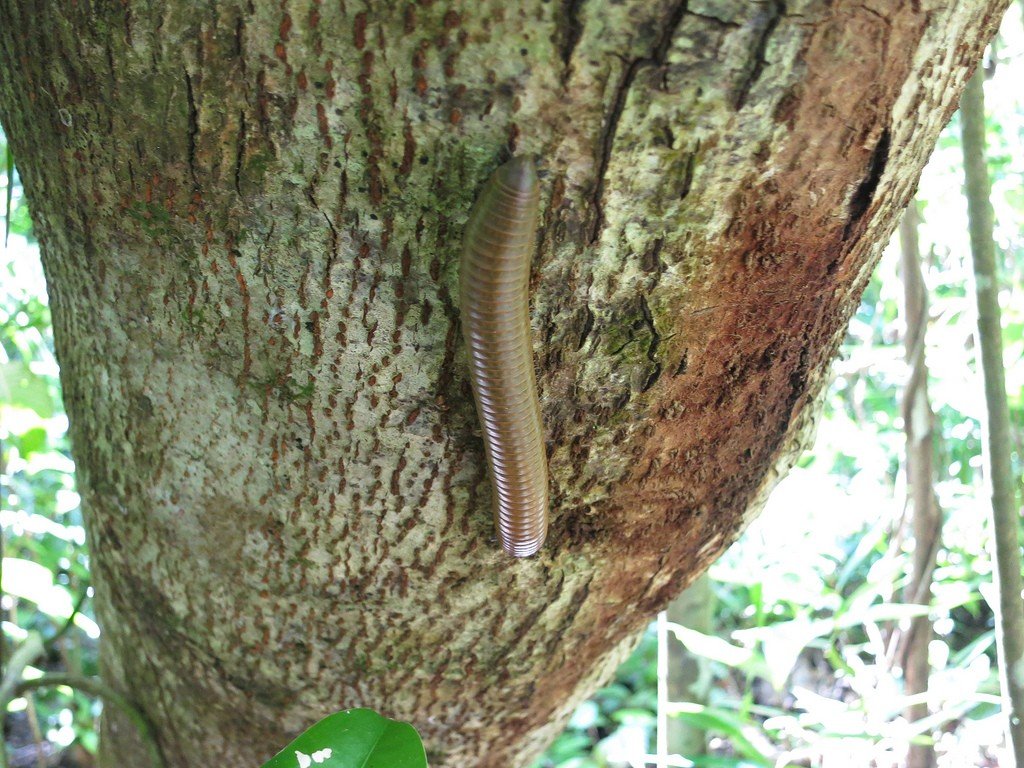
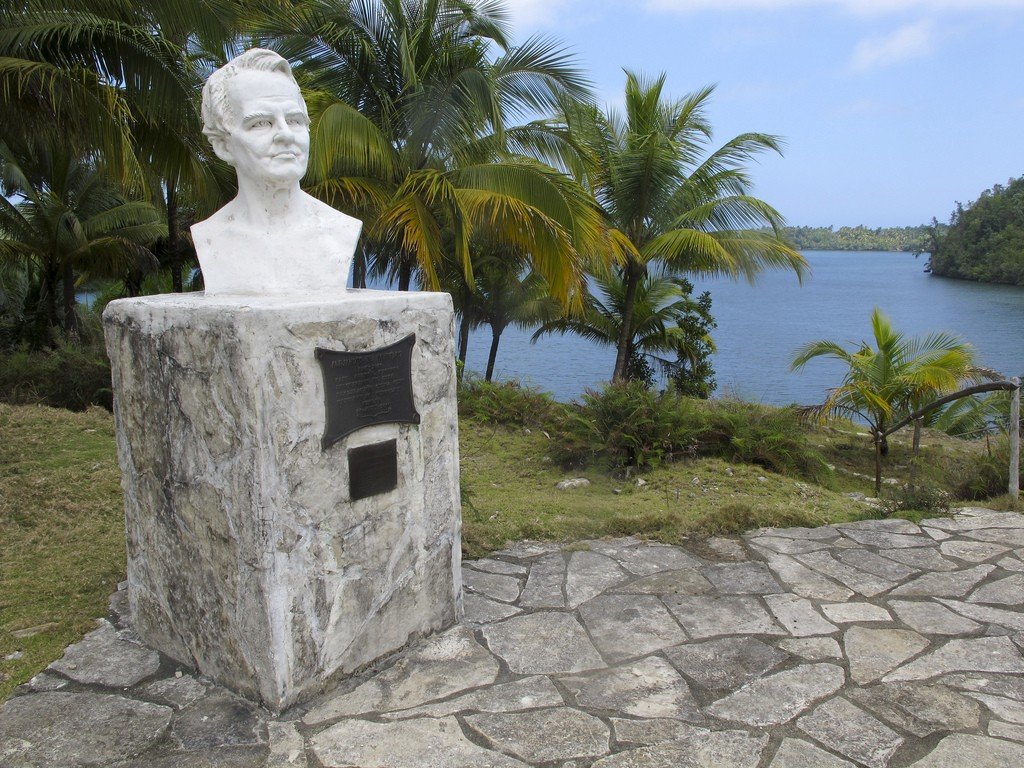
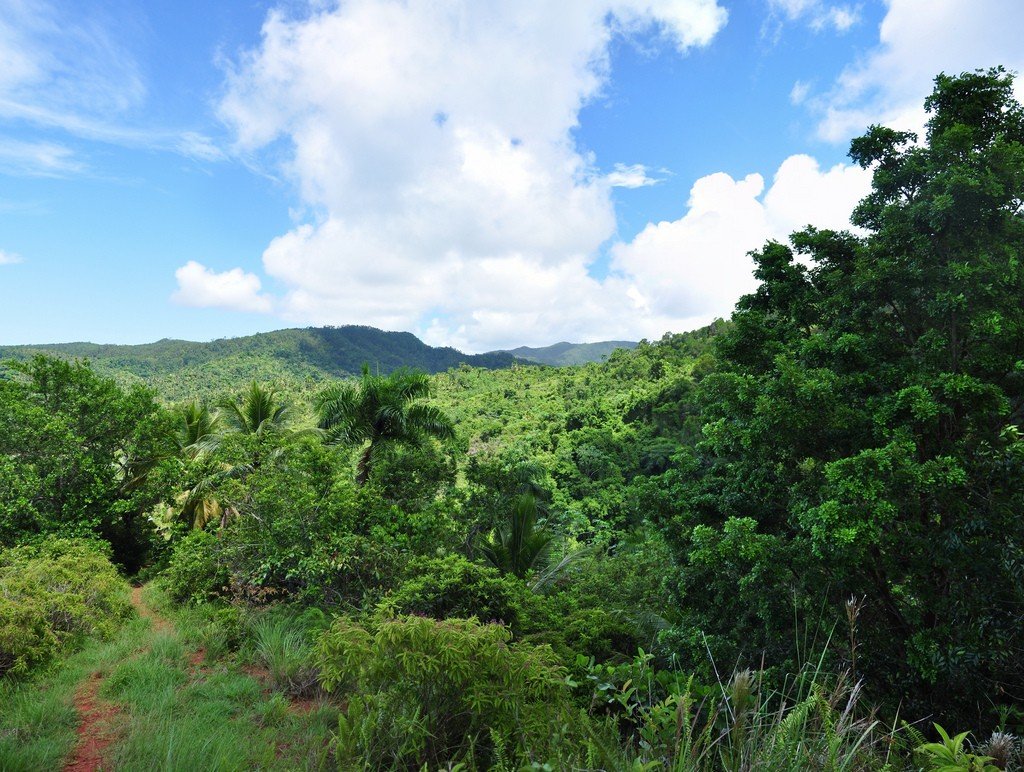
General Information
Due to its unspoiled nature, Alejandro de Humboldt Park is very popular with tourists. It covers an area of 71,140 hectares and encompasses various biosystems – marine reefs, tropical jungles and mangrove forests. Spacious grassy plains here are replaced by mountains, and full-flowing rivers neighbor with picturesque lakes. The reserve extends from sea level to the peak of El Toldo (1186 m), located in the Nipe-Sagua-Baracoa-Moa Mountains. Many rivers flow from this peak, making the park’s lands the wettest place on the island.
.
There are cozy hotels built in Alejandro de Humboldt Park, and equipped campsites for those who prefer to travel by car. Travelers can relax on modern beaches, see the remains of medieval fortresses and hike through natural attractions.
Flora and fauna
Alejandro de Humboldt National Park boasts a high diversity of species. Many endemic plants and endangered animals are found here. Because of its unique flora and fauna, experts consider the Cuban reserve to be one of the most important reserves in the Western Hemisphere.
.
The reason for the biodiversity lies in the peculiarities of the island’s soil. Scientists have found that many rocks on the territory of the reserve are toxic to plants. In the course of evolution, the local flora adapted to unfavorable living conditions, and many new plants appeared in this part of the island.
The Alejandro de Humboldt Reserve is home to several species of lizards and bats. Parrots, hummingbirds and the tocororo bird, which is one of the symbols of Cuba, can be seen in the tropical thickets. The park is also home to the white fragrant mariposa flower and the royal palm tree, which have the status of symbols of the island of Liberty.
.How to get there
Alejandro de Humboldt National Park is located within the provinces of Guantanamo Bay and Holguin. Tours to the park are sold in travel agencies in the city of Baracoa, which is located on the Atlantic Ocean. Tourists get to Baracoa by airplane from Havana. From Baracoa to the national park is an hour and a half drive along the coastal road to the city of Moa.
.